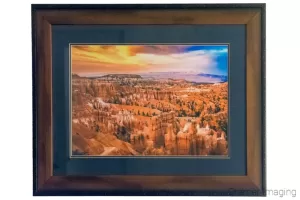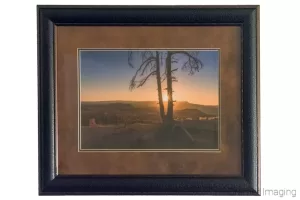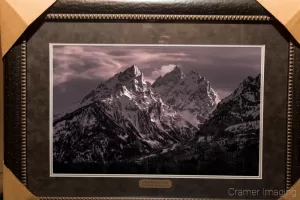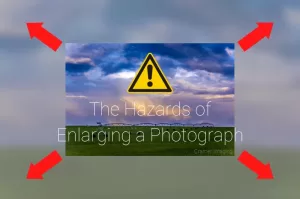How I Choose Quality Photo Paper
Shop

I take time to create the perfect photos for my portfolio. They’re beautiful, well composed, and vibrant. They speak to me and inspire me. However, that is not the end of the process for me. When I want them printed, I take the time to choose the right photo paper for the job.
Not many people outside the photography industry (or the art world) know the importance of picking the right photo paper for the picture you want. It’s just incomprehensible to most people. However, choosing the right paper for the job is just as important as choosing the right lens for the shot or choosing the right paint brush for the stroke. Here’s how I choose the right paper for the job.
White Purity
No, that’s not a racial thing. I deliberately choose the whitest paper I can get because it improves the color range of my print. If there’s a little bit of other color in the white, it will affect the overall colors printed on the paper. Most of all, it will affect the white areas of the photo. White is supposed to be white, not some very light hue of yellow or blue.

Here in the United States, we use a standard called the Technical Association of the Pulp and Paper Industries TAPPI Standard T451. It uses a scale of 0 to 100 with 100 being the whitest and brightest. The higher the number, the whiter the paper and the better the color vibrancy in the photo. I choose the whitest paper I can get my hands on for this reason.
Acid and Lignin Free Photo Paper
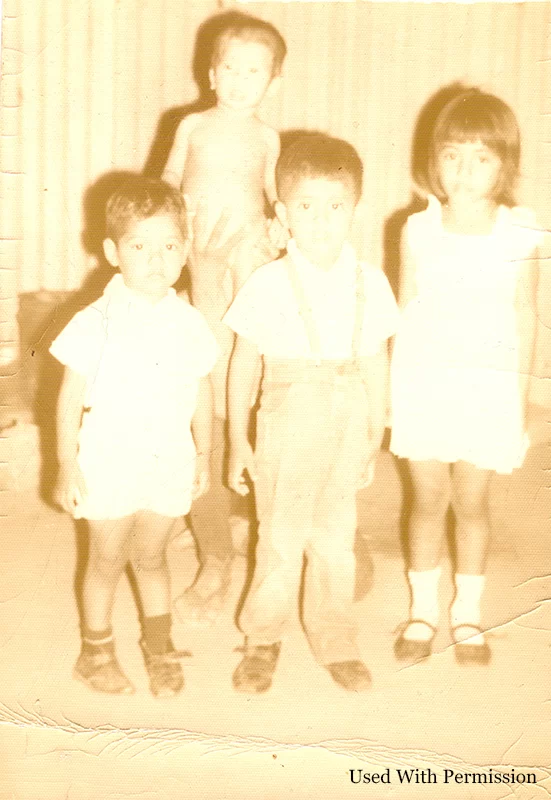

This next one is very important. Acids and lignins will eventually discolor and rot my photographs. Acids are well known for this. Lignins are less obvious as to why. Lignins are a chemical group which help keep cell walls from rotting. Most forms of this fiber group (yes it is fiber) eventually secrete acid as the wood pulp of the paper ages.
The discoloration and brittleness added to the paper by hidden undesirable chemicals in the paper will speed up rotting my photos. That’s the last thing that I want. I make sure that I go with archival quality paper which doesn’t have acid or lignins for this reason.
Compatibility With My Printer
While this may seem a bit silly, some photo paper is just not compatible with my printer. There are photo papers created specifically to work with certain printers and inks which will not work with (or work well with) others. HP paper will not work in Epson printers or with Epson ink for example. Each company creating the paper has their own printer and ink/toner in mind. They want to highlight the strengths of their own products and create paper to do so. Unfortunately, Epson’s strengths are not the same as HP’s and the print might not look right because of that. Canon is also a different animal from Epson and HP.
Then there’s the simple fact that some photo papers might just be too thick to fit into my printer. I’ve tried some high quality photo paper in my printer which was just too thick to fit through the rollers. I couldn’t use it for the prints I wanted because my printer couldn’t pull the paper through to print on. I had to reject it for printing just because of that small and annoying fact.
Paper Finish
The final aspect I consider for choosing quality photo paper is the kind of finish the paper has. Is it glossy, luster (semi-gloss), matte, rag, metallic, etc. This becomes much more of an aesthetics (and even fun) choice for the photo I’m going to print on it. Not every photo will look its best on every kind of paper out there.
While I usually go with a gloss or luster finish with most of my photography, I have found occasions where a different kind of finish works better with the photo I’m printing. If I want something to look more muted or artsy, then I go with matte finish. If I want to highlight metal in the image or give it a more industrial feel, I go with a metallic finish on the paper. Rag paper is great if I want to add an extra dimension of texture to the image than the photo contains.
Conclusion
For me, choosing the right photo paper is about making sure that the photo will look its very best and keep doing so for years to come. I take the time to make sure that I get it right. Sometimes that means trying out multiple different options and taking the best out of what I have. Sometimes it means that there’s just that one perfect paper for this particular photo. Either way, I make sure that my photography looks its best when I present it to you.
Best Sellers
Cramer Imaging Newsletter

Receive monthly updates in your inbox from us.

